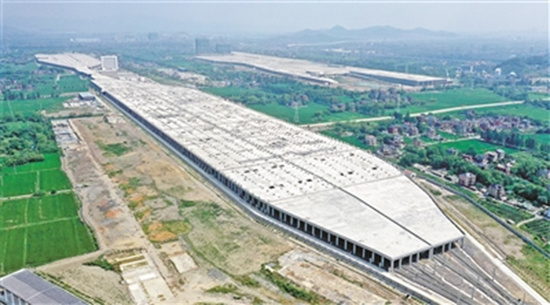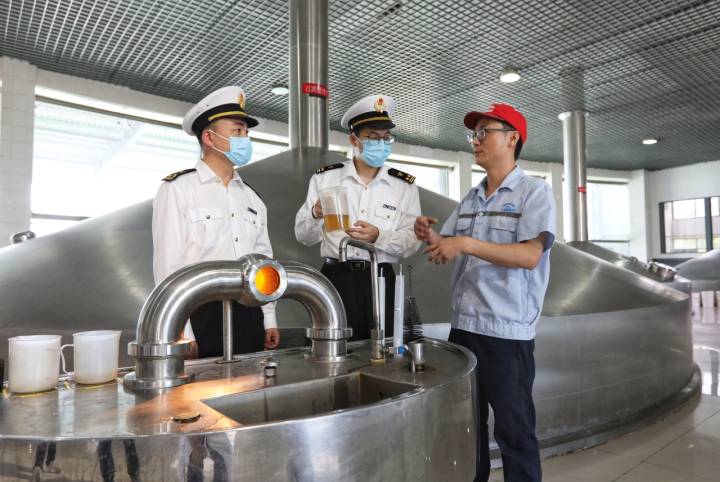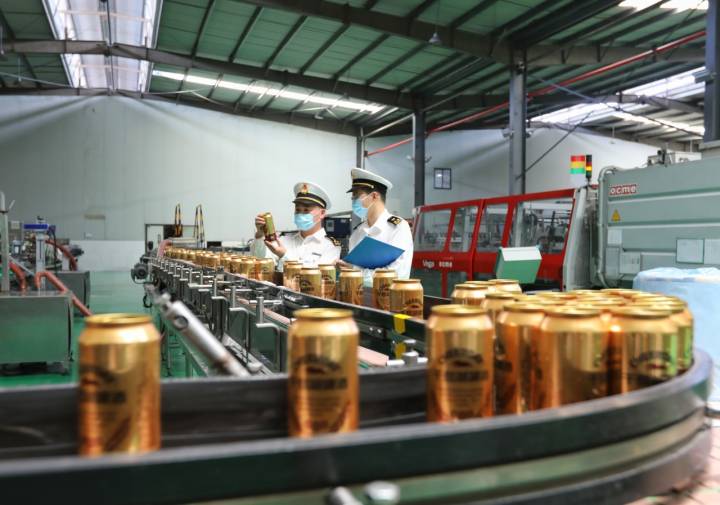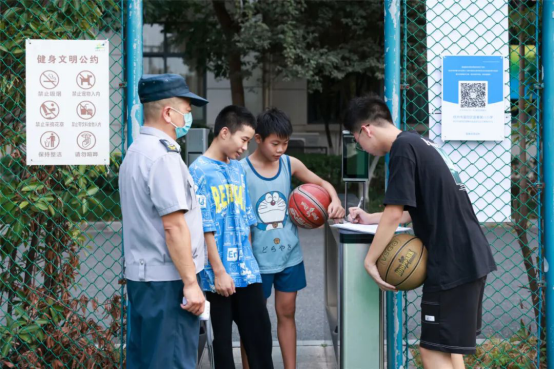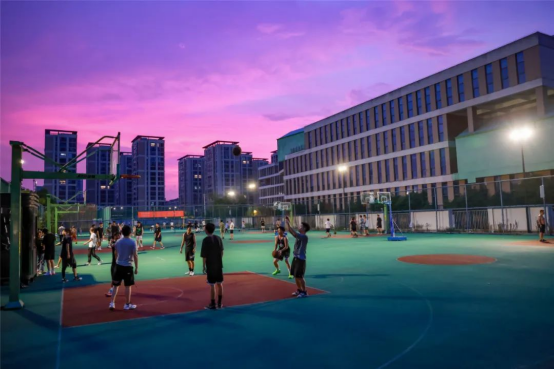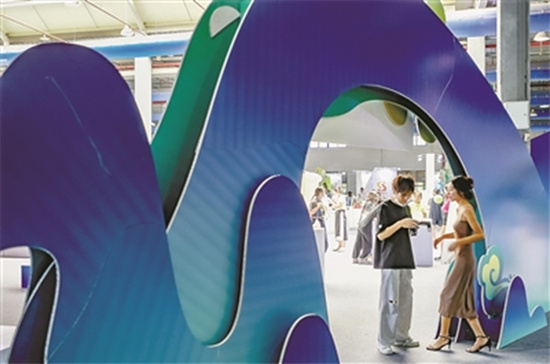As the Hangzhou branch of the China National Archives of Publications and Culture welcomed its first visitors in early August, it became another landmark in the capital city of East China’s Zhejiang province.
Located not far from the Archaeological Ruins of Liangzhu City, one of three UNESCO World Heritage Sites in the city, the venue is an addition to Hangzhou’s already impressive list of iconic places.
Covering 103,100 square meters, the Hangzhou branch of the archives is a major architectural complex consisting of 13 buildings and structures.
As well as helping preserve China’s bibliographical resources, it incorporates exhibition halls, libraries and museums, among other facilities.
It is designed to promote the preservation, exhibition, research and exchanges of China’s archival heritage, and function as a repository for the National Archives in Beijing in the event of a potential disaster, according to Wu Xueyong, who led the preparatory team for the establishment of the venue.
“As the capital of the Southern Song Dynasty (1127-1279), Hangzhou is a city with a profound cultural heritage,” Wu says.
“Therefore, what lies at the heart of the venue’s archival collection will be the Song Dynasty culture. In addition, the focus will mainly be on those archival materials from the area of Jiangnan (south of the Yangtze River’s lower reaches).”
Historically, as a book-loving nation, China used to boast thousands of cangshu lou-ancient libraries aimed at collecting and preserving books and publications.
Figures show that Zhejiang was among the provinces that built the highest number of cangshu lou, with more than 800 erected since the Song Dynasty (960-1279).
Some 11 still stand today, among which is the Wenlan Ge (also known as the Imperial Wenlan Library) in Hangzhou, built during the reign of Emperor Qianlong (1711-99) as one of the seven libraries for the collection of Siku Quanshu or the Complete Library of the Four Treasures.
The Hangzhou branch of the archives, named Wenrun Ge, which roughly translates as “culturally nourishing and gentle”, is, to a large extent, a continuation in the spirit of the Wenlan Pavilion, and its architecture is full of ingenious Song Dynasty cultural elements.
For one thing, the design of the entire site follows the style of Song Dynasty gardens, according to Wang Shu, chief architect and winner of the 2012 Pritzker Architecture Prize.
With next to no surviving gardens or buildings from that period for reference, Wang and his team turned to Song-era paintings for inspiration.
“From the very beginning, when we chose the site-an abandoned mine with several deserted hills-we have taken Song Dynasty aesthetics into consideration,” explains Wang.
“Gardens in the Song Dynasty were not built relying on artificial rockeries; the more natural the surrounding environment, the better.”
Therefore, all the architectural structures at the venue were built with minimal alterations to the original setting.
Now, without any special design, the view in front of the main building-called the main study-resembles the famed painting Travelers Among Mountains and Streams by Fan Kuan of the Northern Song Dynasty (960-1127).
Another unique feature is the many standing screen doors, again inspired by the screens in Song Dynasty paintings, with the celadon tiles tailor-made at the Longquan kiln in Zhejiang’s Lishui city.
“Both in color and texture, celadon looks quite like jade,” says Wang. “It echoes the name ‘Wenrun’, the name of the venue, which means as gentle as jade.”
While drawing inspiration from the Song culture, Wang emphasizes that the architecture is far from a simple imitation of the past.
“It is completely modern,” says Wang, including the 15-meter-high rammed earth wall of the main building, arguably the world’s highest.
“I call the design concept ‘modern Song Dynasty culture’, meaning it is a modern interpretation and innovation of tradition,” he says.
Only in such a manner can Chinese traditions and culture be better passed down to future generations, he adds.
